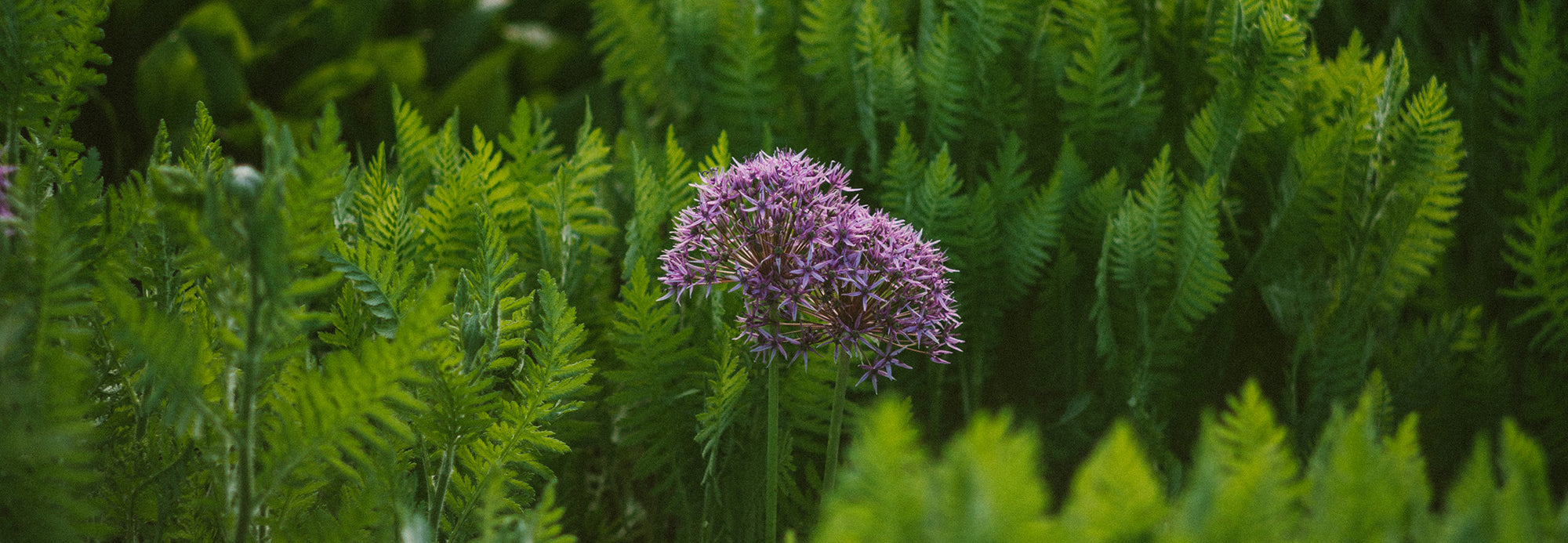Amy, our eco-psychologist (MSC, PGDIP) and nature therapist at The Bothy by Wildsmith, specialises in nature and wellbeing. Her work combines positive psychology, coaching and therapy techniques to create transformative outdoor experiences for individuals, businesses and retreats. Recognised as a leading expert in the field of wellbeing and nature, Amy focuses on how the natural world can enhance our health and happiness.
Over the coming weeks together we’ll explore how even at its busiest, there is a stillness in nature that connects us to a more expansive, organic sense of calm, engages all our senses, and helps us break free from the patterns of indoor life.
WHAT IS NATURE THERAPY?
AMY STEADMAN: NATURE THERAPY, also known as ecotherapy, green therapy or outdoor therapy involves spending time in a natural environment to promote mental, emotional and physical wellbeing. It draws on nature’s restorative powers to encourage a reconnect with both nature and the inner self. Much like going to the gym strengthens the body, NATURE THERAPY serves as an exercise for the mind. Through simple yet powerful exercises, individuals feel more balanced, energised and at peace.
WHY IS IT IMPORTANT TO FOSTER A CONNECTION WITH NATURE?
AS: There are two reasons: First, nature serves as the perfect antidote to the busyness of modern life. In a world that pressures us to function like machines, spending time in nature effectively restores our sense of vitality. It’s essential for maintaining emotional balance and psychological wellbeing. Second, it creates an ecological identity. By receiving restoration from nature, we cultivate a sense of connection and belonging to the natural world. In its stillness, we come to see ourselves as deeply intertwined with nature, not separate from it. As this connection grows, so does our appreciation for the environment, strengthening our commitment to protect it.

WHAT DO WE MEAN BY STILLNESS IN NATURE?
AS: Nature has a slow, rhythmic pace: Unlike our indoor, technology-driven environments, nature moves at a slower, more deliberate pace. Its natural cadence aligns with our own biological rhythms, inviting us to slow down and embrace stillness, offering a chance to step away from the overstimulation of modern life to simply observe and exist without the pressure to act or achieve. Creating a space in which it becomes easier to reflect that peace within ourselves and access a profound sense of stillness. The gentle rustling of leaves, the earthy scent of damp soil or the soft play of light filtering through the trees effortlessly captures our attention. These subtle sensations quiet the mind, drawing us away from overthinking and grounding us in the present moment, encouraging presence and awareness. Elements in nature, such as the tall trees of a forest or the expansiveness of a mountain reflect a sense of timelessness. Their history stretches outside of our human lifetimes and reminds us to take our time and appreciate every moment.
WHY DOES THIS MATTER?
AS: Neuroscientific research shows us that exposure to stillness in nature activates part of the brain associated with relaxation and reduces activity in the prefrontal cortex, which is responsible for overthinking, planning, and stress responses. Using fMRI scans to measure brain activity, we can see that our brain patterns shift toward a more meditative state, often observed through increases in alpha waves, which are linked to relaxation and creativity.

HOW CAN I FIND MORE STILLNESS IN NATURE?
AS: Simply going for a short walk can have a positive impact on your mental and physical health, if you can use it as an opportunity to switch off all devices and tune into the sights and sounds around you. Take a moment to pause to listen to the wind rustling through the leaves. This soothing sound, often described as calming, has been the focus of recent scientific research. Studies show that it can reduce pain perception and boost mood. In fact, the sound of rustling leaves is three times more effective at relieving stress than voice-guided meditation through apps, highlighting the powerful, irreplaceable benefits of real-life connections with the outdoors. Alternatively you can try one of my group or one-to-one sessions. I use a combination of coaching, therapy and mindfulness techniques to help you maximise your time in nature so you feel more balanced, energised and at peace.
Learn more about Amy’s work at Wellbeing in Nature by Amy Steadman


